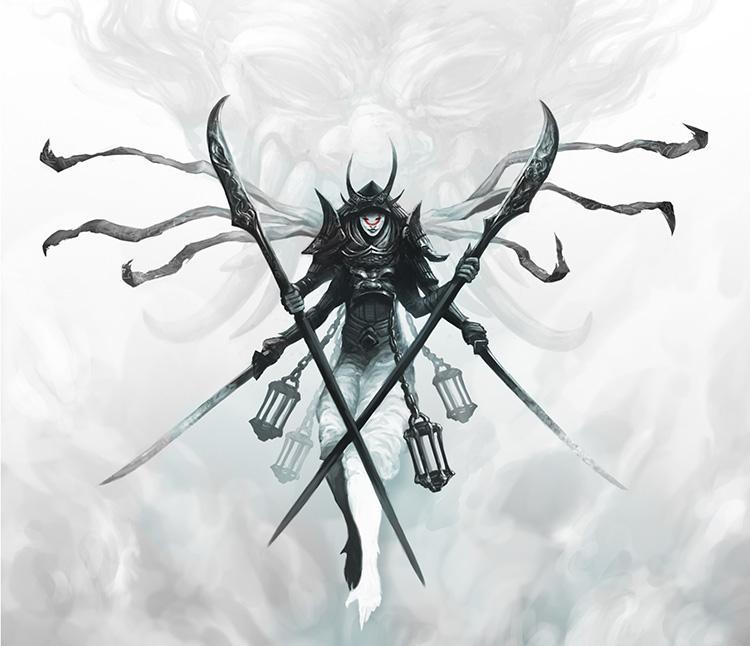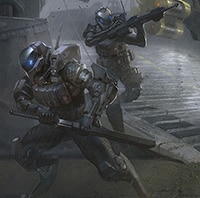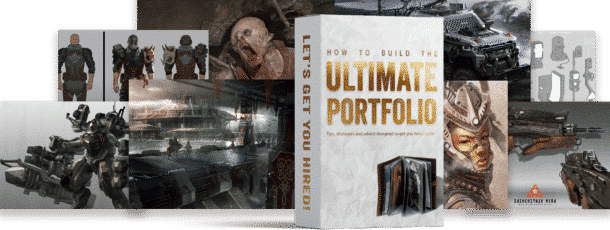
by Hector Ruiz | Jun 23, 2016 | Resources

This tutorial video goes over some of the new features in the latest update from Adobe Photoshop CC 2015.
This week ending 07/02/2016 we have gathered a nice resource from the Photoshop Training Channel on YouTube. Check it out and hopefully learn or brush up on technical Photoshop skills. Enjoy!
Click on the link below:
Photoshop CC 2015.5 New Features
Want to help us grow our resources section? If a resource has helped you greatly please e-mail it to me or any suggestions
to: me@eliottlillyart.com. I will be keeping this list updated as I discover new entries. Thank you--

by Hector Ruiz | Jun 23, 2016 | Resources
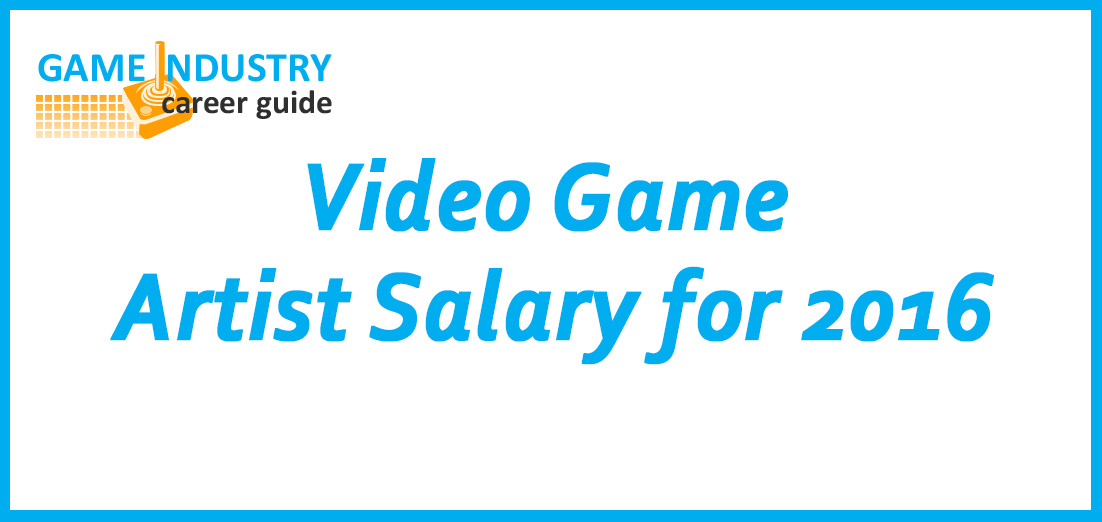
Video Game Artist Salary for 2016
This week ending 06/25/2016 we have gathered a nice resource from the Game Industry Career Guide blog. This section goes over video game salaries for 2016. It talks about salary factors, details, demand, etc. For younger students wanting to get into the video game industry, this is a pretty good resource to check in order to make a better education decision in this professional path. Enjoy!
Click on the link below:
Video Game Artist Salary for 2016
Want to help us grow our resources section? If a resource has helped you greatly please e-mail it to me or any suggestions
to: me@eliottlillyart.com. I will be keeping this list updated as I discover new entries. Thank you--
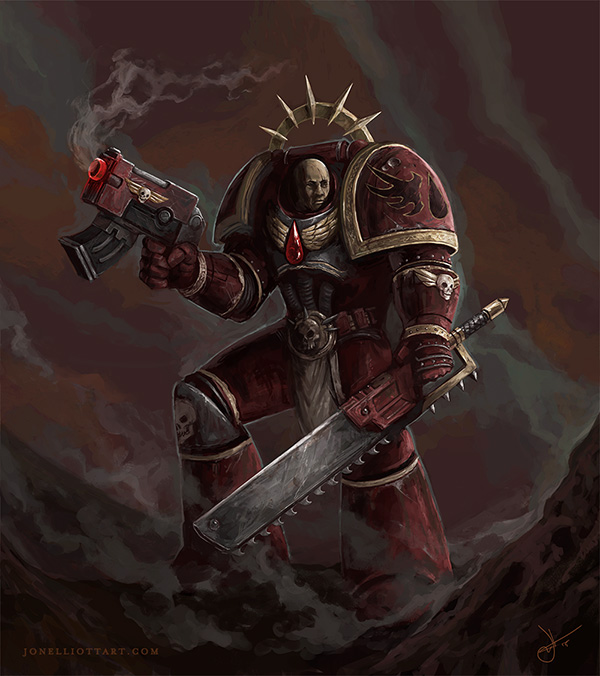
by Eliott Lilly | Apr 11, 2016 | Questions
Question submitted by Jonathan E.
Hey Eliott!
What are the day-to-day operations of a concept artist are like? I am interested to know the sort of artistic executions concept artists are responsible for, and what I can expect to be doing as one (Not the daily routine that a concept artist goes through) Will I be working on finished images or sketches? The artwork I’ve seen on websites like Artstation or Kotaku is always “finished” and “complete”, yet I heard from an ex-Blizzard employee, that the majority of his day was spent in black and white line drawings. I’ve also heard it said “I hope you like drawing people’s faces for 10 hours a day for 4 years”. That of course seems extreme, but the point very much comes across. So which one is it? To that same point, what sort of workloads do concept artists deal with? I’ve heard it said (also from an ex-Blizzard employee) that concept artists don’t endure the same levels of crunch as the “heavy lifting” sits within the post-production / polishing phases. Is this true?
Thanks so much! Check out some of my artwork.
Jonathan
Hey Jason, great questions. I think it all depends on your work situation.
If you are Freelancing:
Mitigating a client’s expectations is crucial since they will be offering you work based on your perceived abilities. If your portfolio showcases work of a high caliber, and you promise the client a similar result, then that is what they will come to expect from you. When I deal with clients, I often explain to them that in the same time it takes me to do a single super polished image, I can produce 6 or 8 simple greyscale studies that further explore ideas. Since it’s their dollar I leave the final choice up to them, but here’s what I’ve learned:
Bigger companies with bigger budgets, don’t really flinch at this, since they usually extend month long contracts (instead of a piece-by-piece basis) and they ask me to do a combination of both. For example, when working on Black Ops 3, I was the “Weapons guy”. Turnaround times were tight, and for efficiency, my daily deliverables were done strictly in line drawings, greyscale images, napkin doodles etc. Once the design was approved I would be given a bit more time to do the final render pass in color. Occasionally I would even have enough time to use 3d/ Keyshot to assist.
And that’s all did for 2 years. Weapons (and the occasional vehicle). I must’ve done 300 weapon concepts to arrive at the 27 that actually made it into the game. That’s the reality. The comment about “drawing people’s faces for 10 hours a day for 4 years” isn’t really that far off.
Working with smaller companies and/ or individuals is a similar experience, but, more emphasis and time is usually given to the final image. Since it will usually be used for both production and marketing. I still might give them a greyscale image or two for speed, but will do far fewer revisions and idea exploration. The subject matter I get to draw also varies greatly, since they may need me to do several things, instead of one thing over and over again.
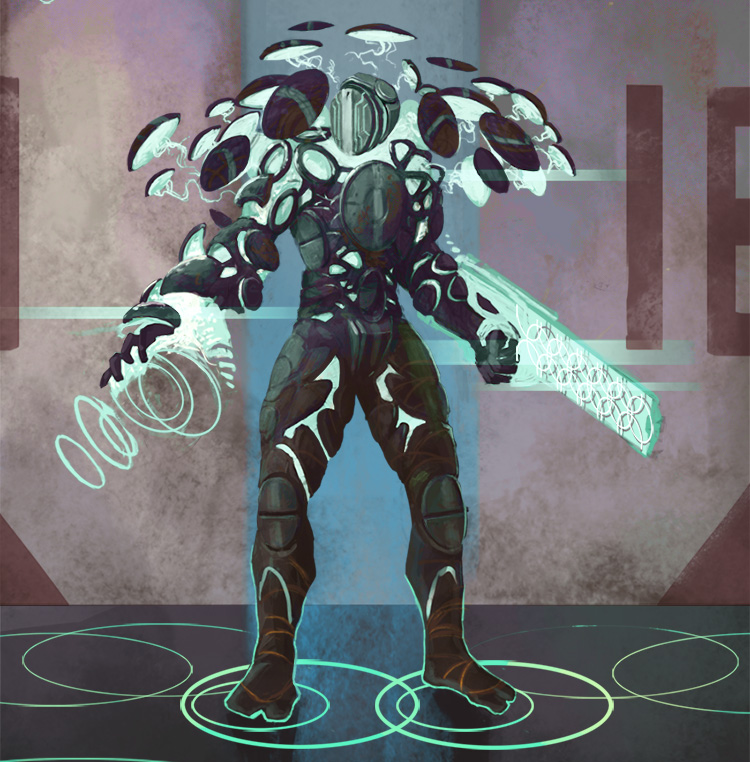
If you are working in house:
My experience has varied working from job to job a studio. Because the Art Director is in the same building, the feedback process is much quicker and artwork can be reviewed in real time. There was also friendly competition between the other in house concept guys, and we were all trying to out-do each other. As such, I spent most, if not all, of my time painting high quality images in color. (Still not to the level of polish you’d find Art Station though).
Even though the “heavy lifting” is done in the polish phase of game creation, a concept artist work is never really done. Trust me, when everyone else is crunching in the studio, you will be too. Partly cuz you’ll get random tasks from your art director, (that you will likely have absolutely no business doing) but also in part because you will feel guilty about leaving at 6pm, when everyone else is staying till 10. There’s a compromise thereof course, but you get the notion.

Ultimately, the theme that remains consistent between every type of clients is their desire for the highest quality of work in the shortest amount of time, and at the lowest cost to them. It’s up to you to decide what you are comfortable providing them with.
I hope this helps.
-Eliott
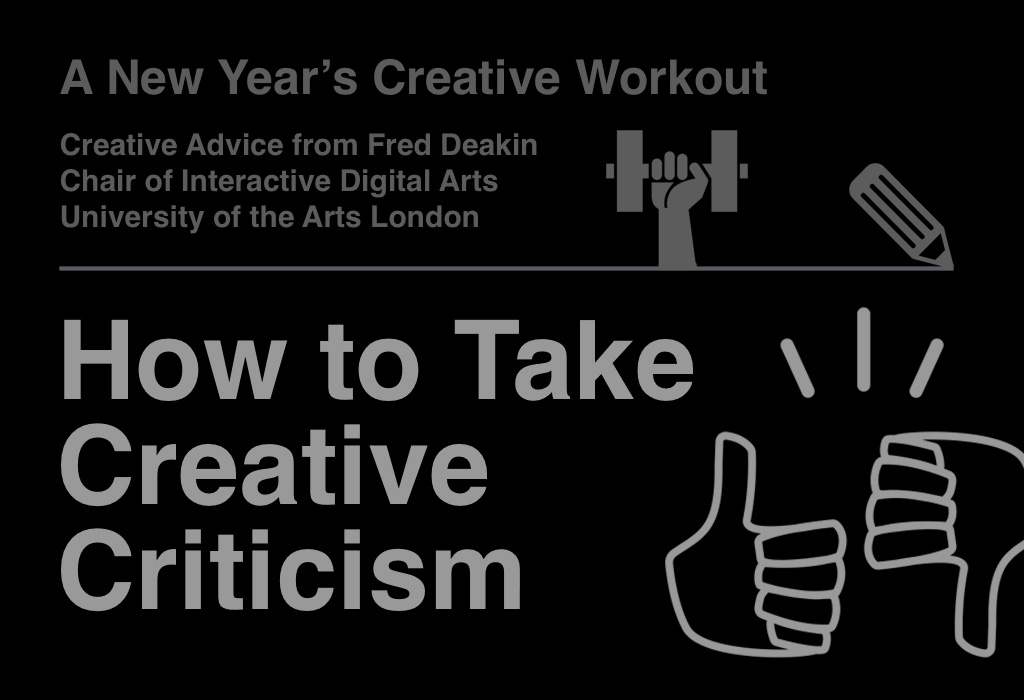
by Hector Ruiz | Apr 4, 2016 | Articles
Turbo-charge your creative projects with Fred Deakin’s advice on seeking outside perspective.
Click the image below to be taken to the article.
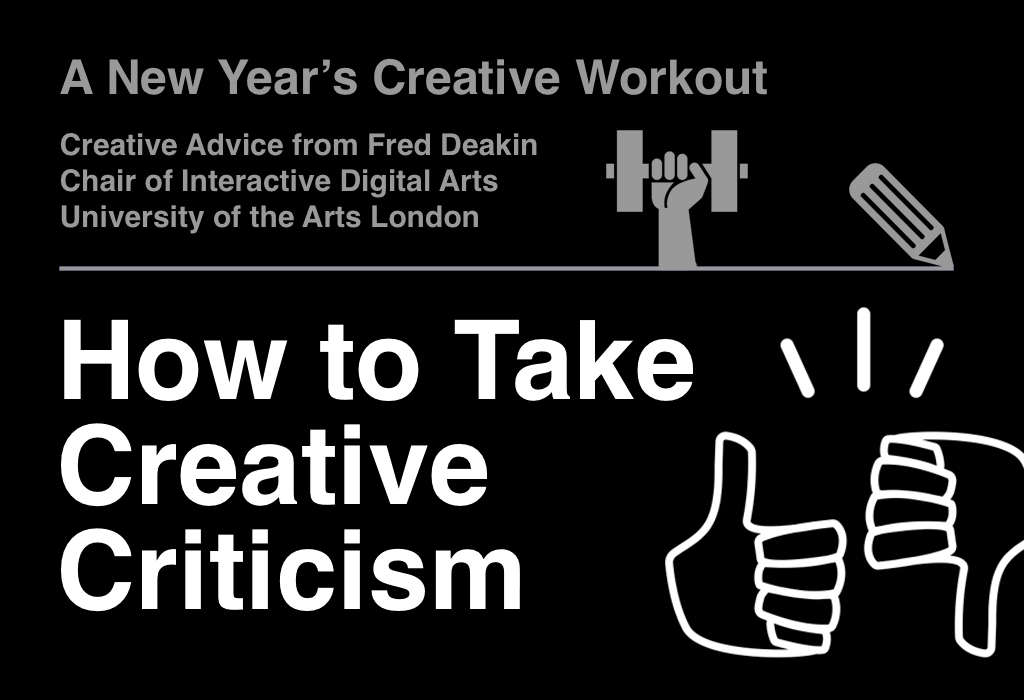
Brought to you by Creative Bloq
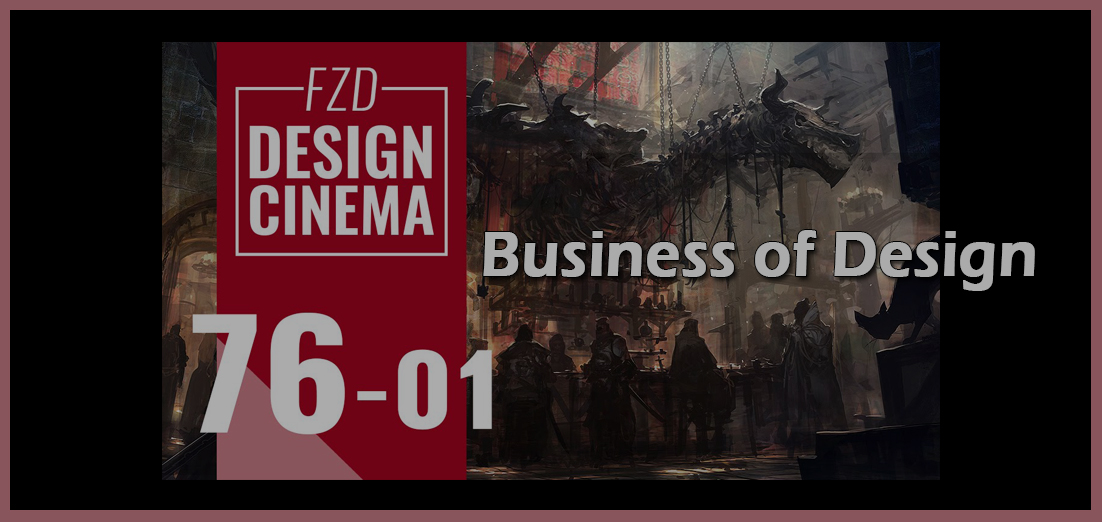
by Hector Ruiz | Apr 1, 2016 | Resources

Design Cinema Episode 76: The Business of Design with Feng Zhu
This week ending 04/02/16 we have gathered an old FZD: Design Cinema episode that goes over the business of designing. There are many things that as a video game designer must be kept in mind. Check out what happens behind the scene when artists have to come up with concepts that meet client requirement needs as well as specifications for a subject matter. Enjoy!
Click on the link below:
Design Cinema Episode 76: Part 1 Business of Design
Want to help us grow our resources section? If a resource has helped you greatly please e-mail it to me or any suggestions
to: me@eliottlillyart.com. I will be keeping this list updated as I discover new entries. Thank you--






